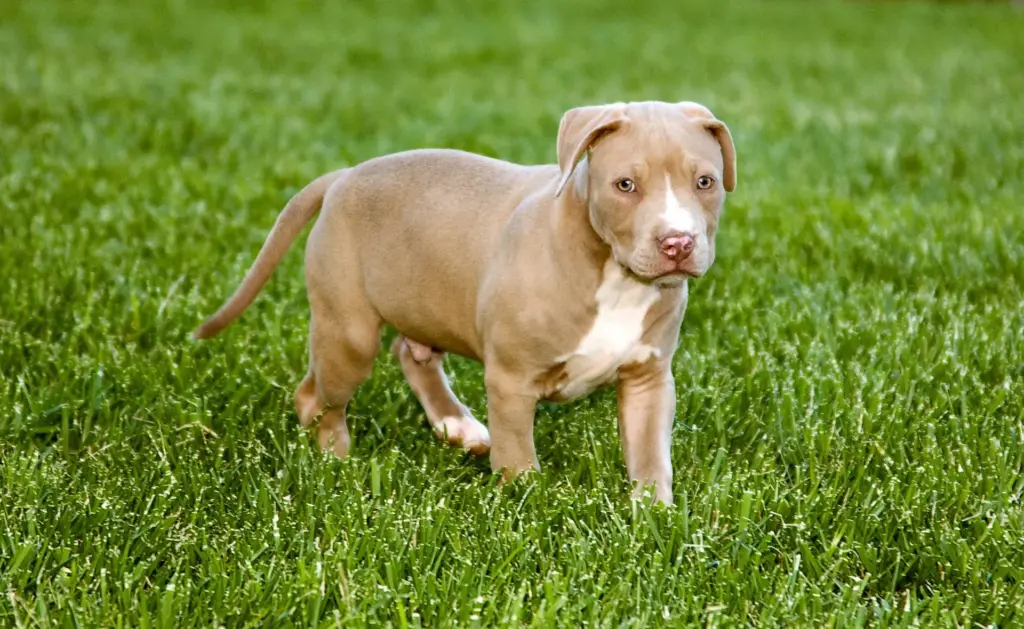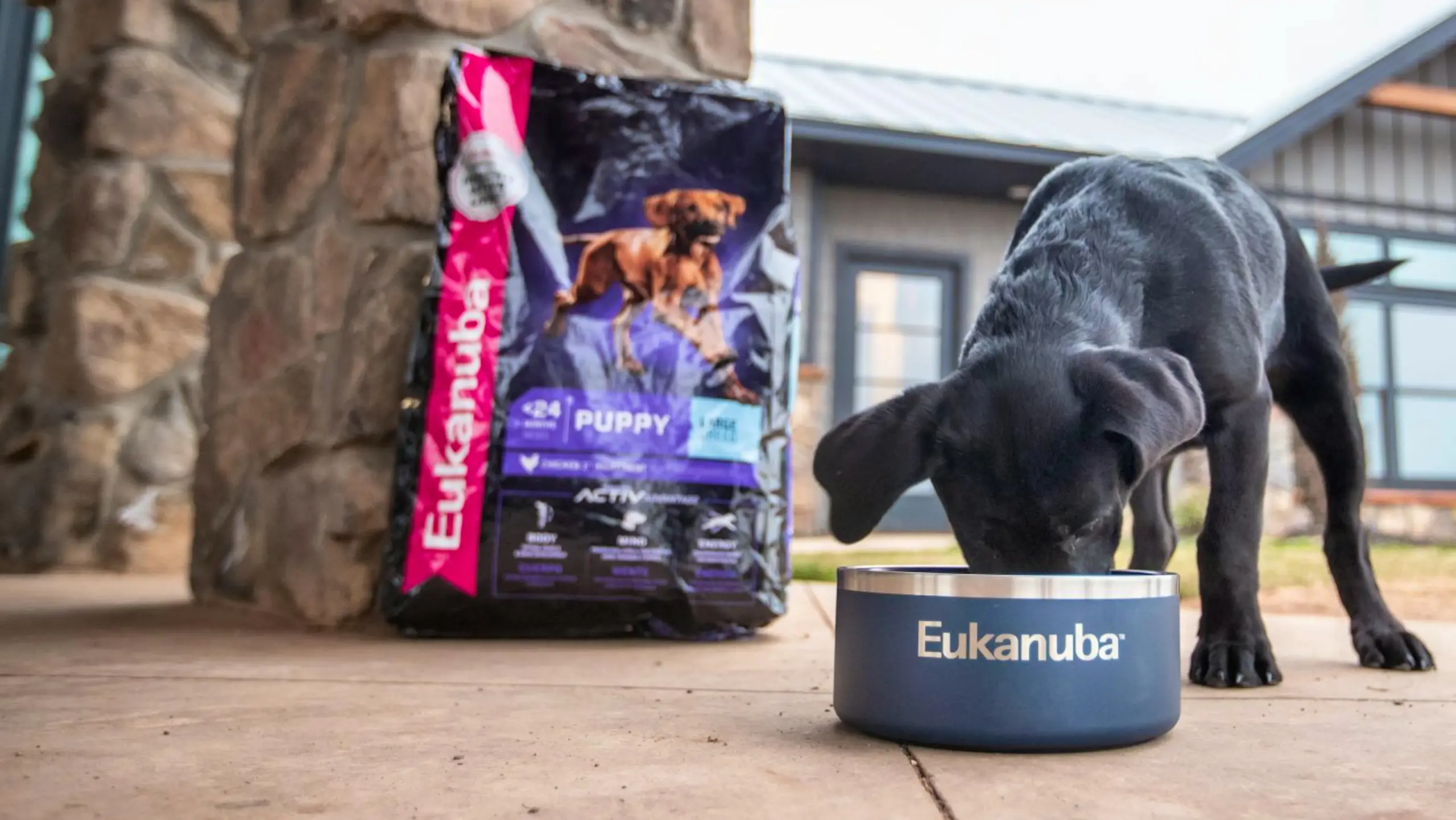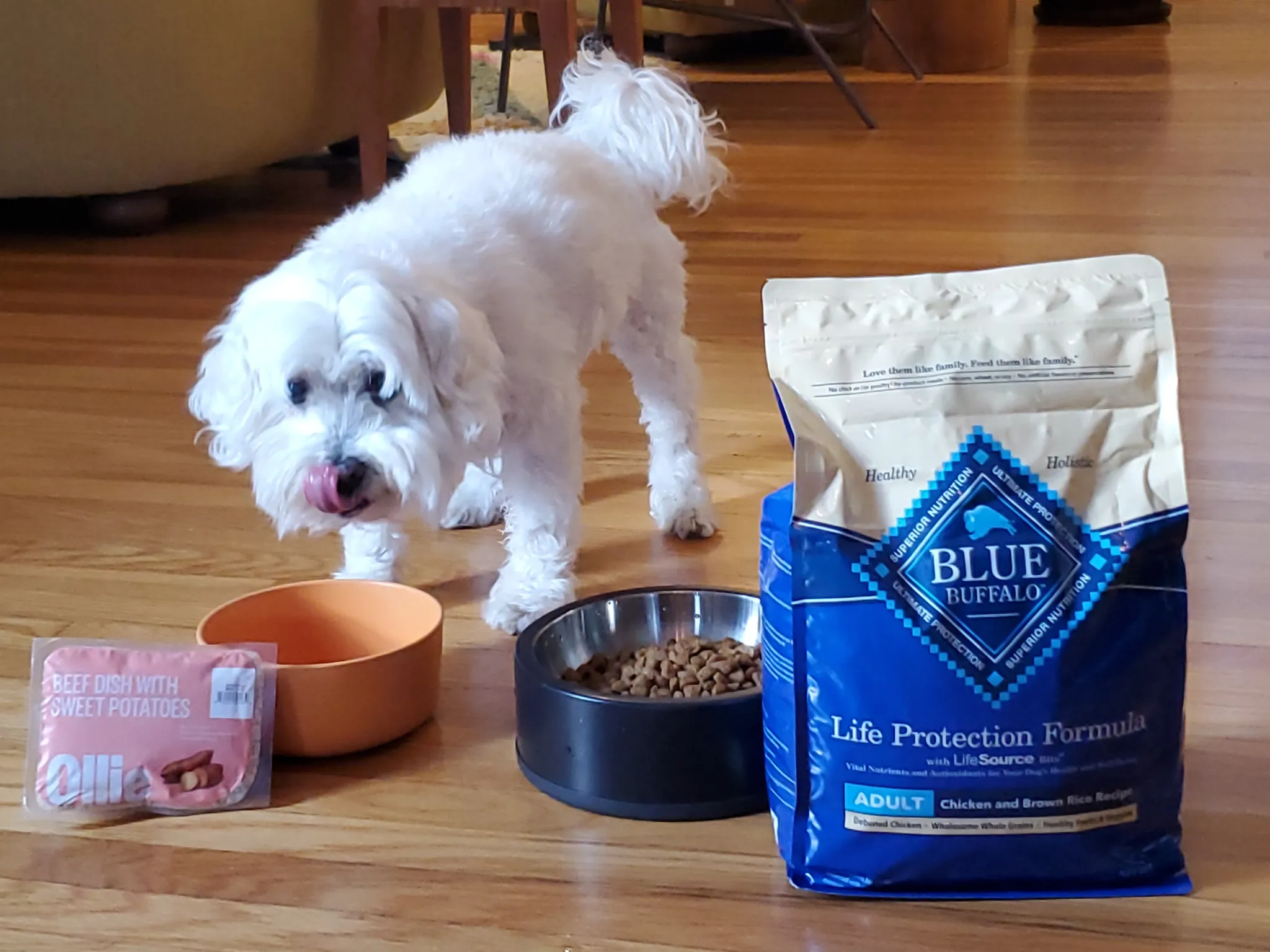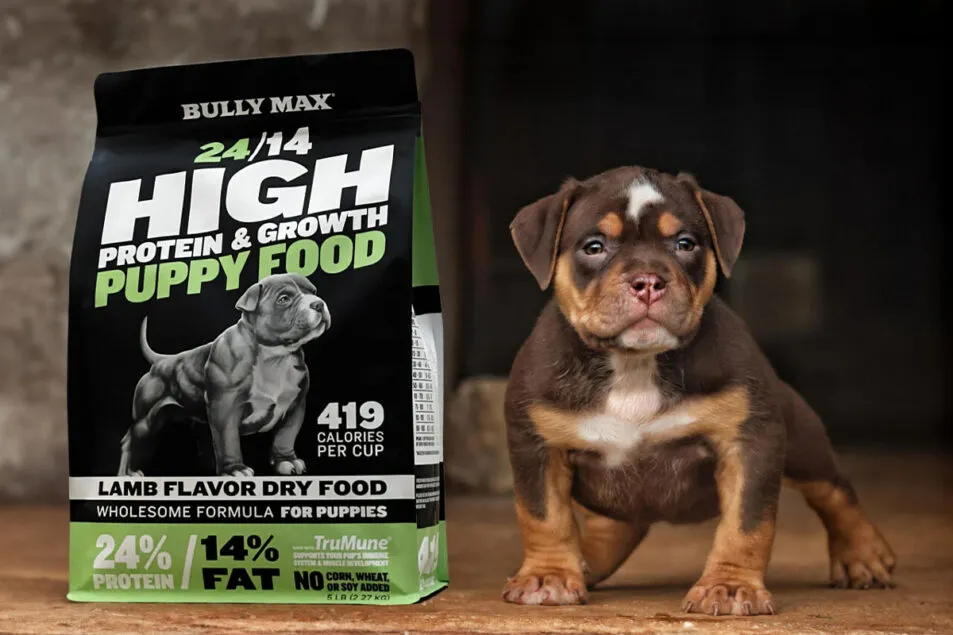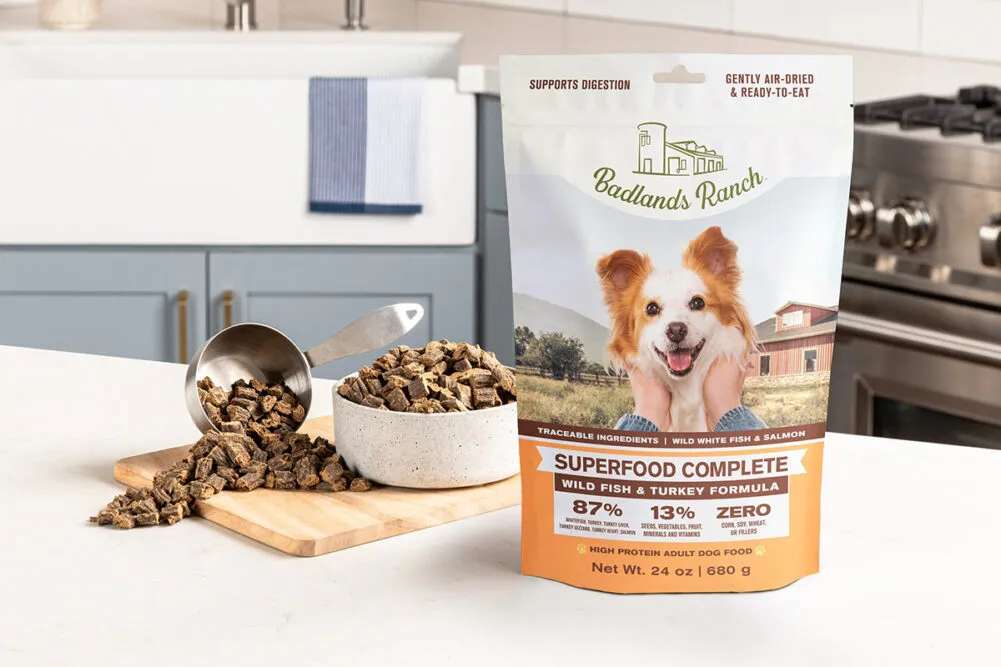A bully pit is the typical term used to describe the American Bulldog and Pitbull Mix Puppies. A hybrid is a cross between two parent breeds that inherits characteristics from both.
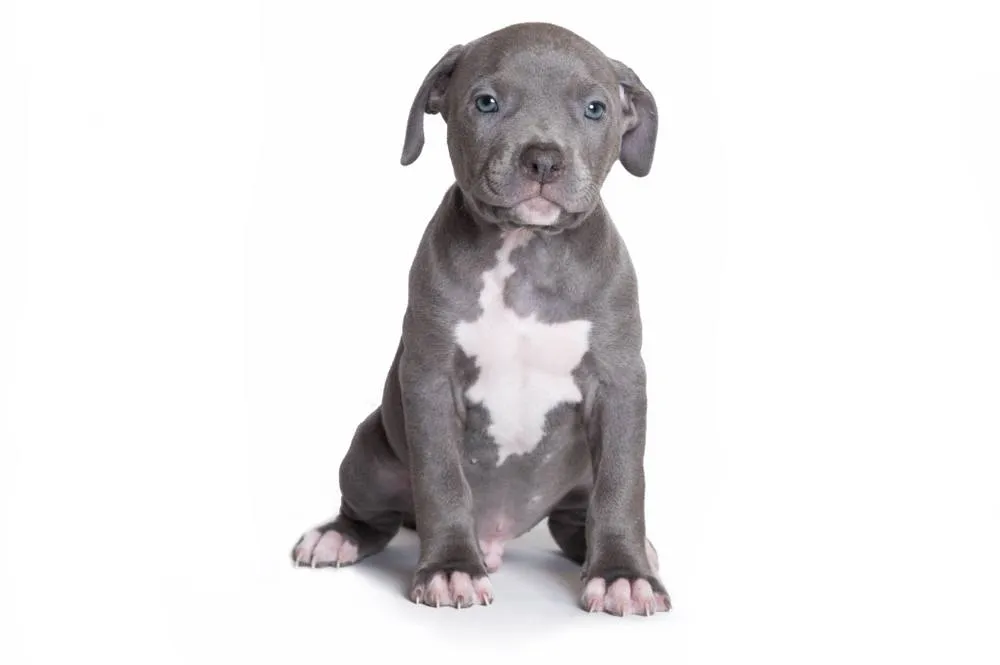
These puppies have grown in popularity among families and people looking for a loving and dedicated canine companion because of their strength, loyalty, and affection.
This is a major reference that covers all you need to know about American bulldog and pitbull Mix Puppies, from their characteristics and disposition to their care and training requirements.
Characteristics of American Bulldog and Pitbull Mix Puppies
Bully pit pups are among the most attractive hybrids you’ll ever see, with their appearance reflecting the traits of both parent breeds. Here are some characteristics connected with an American Bulldog and a Pitbull mix puppy.
Size and Weight Bullypit puppies grow into medium or large-sized dogs. When fully grown, they typically weigh between 50 and 90 pounds and stand between 20 and 26 inches at the shoulder. Males often weigh more and are larger than females.
Coat and Color Bullypits’ coats are typically short, dense, and silky. In general, the puppy’s coat requires just minimum maintenance. The coat itself is available in several colours, including white, brindle, fawn, black, and brown. The puppy may be piebald or have a solid coat colour.
Facial Features Bully puppies frequently have a large, muscular head because their powerful brow and jawline are inherited from both parent breeds. They can have floppy or semi-erect ears, and their eyes are often round and expressive, ranging from brown to hazel.
Body structure The Bullypit has a large and powerful physique with good proportions, a deep chest, and robust legs. The dogs have a robust build, which reveals a lot about the breed’s working character; they are agile and capable of completing a variety of physical tasks.
History of the American Bulldog and Pitbull
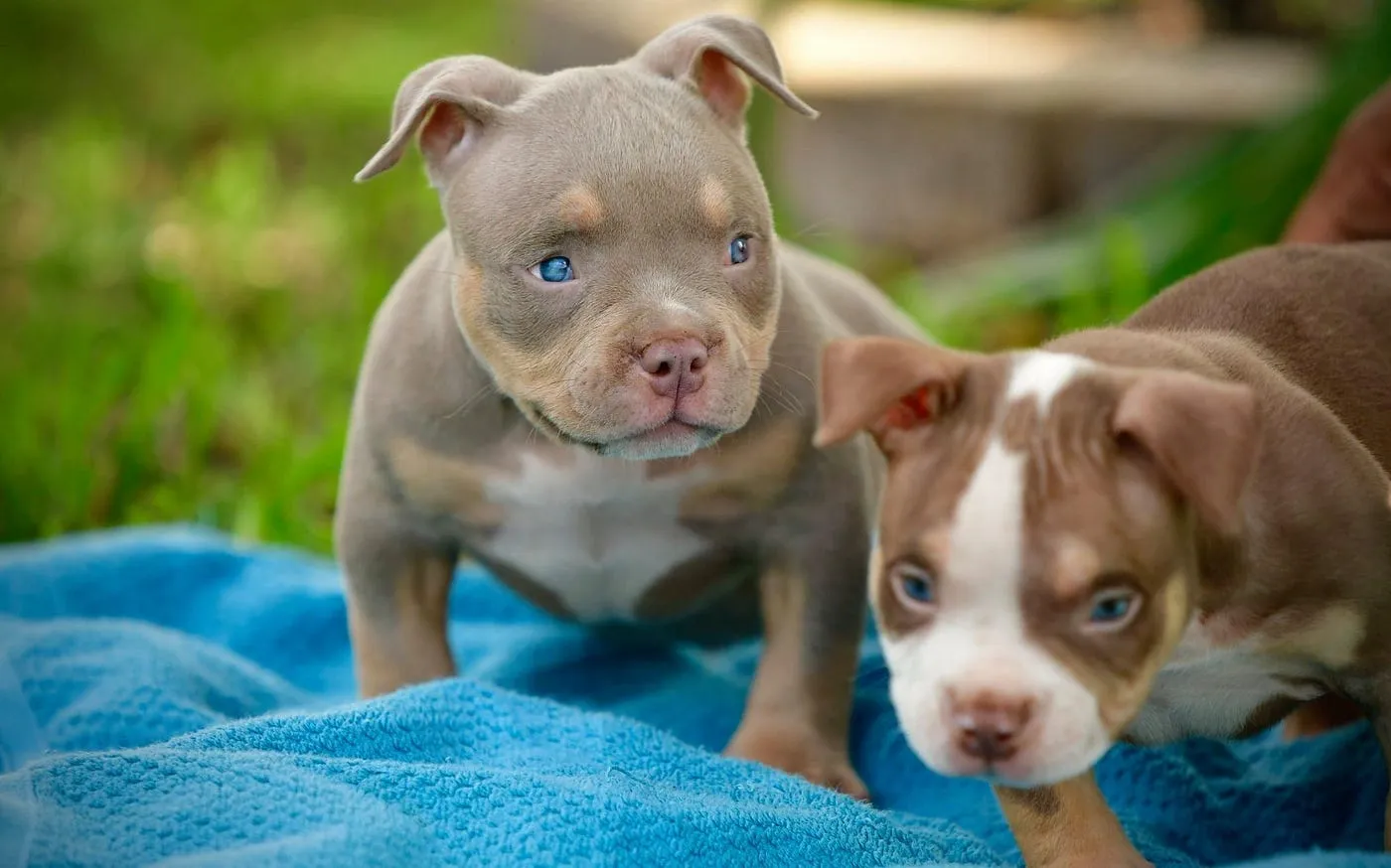
The American Bulldog descended from the working dogs of the American South; they were used for farmwork, hunting, and guarding property.
The Burmese or American Pitbull Terrier’s roots go back a little earlier, to 19th-century England, where they were bred for the bull-baiting trade and, later on, for use as a farm dog.
Despite the controversies surrounding them, Pitbulls are often regarded as loyal and intelligent, with great affection toward their owners. These two breeds fit well when combined, creating a dog considered to be the best of both parents. The Bullypit is a jack-of-all-trades, equally suited for family life or work.
Temperament and Personality Traits
Whenever it concerns the temperament of an American Bulldog and Pitbull mix puppy, it usually depends on what each parent gives to the offspring. Some of the more common attributes seen in Bullypits would be:
Loyalty and Affection: Extremely loyal and affectionate towards its family, the Bullypit forms a close bond with its owners and is a people-oriented dog, interacting well with its family members and enjoying activities with them. American Bulldog and Pitbull A protective breed, the American Bulldog and Pitbull pass these genetic characteristics along to their hybrid offspring.
Protective for the sake of the family, childhood mixed, and maybe a little suspicious of strangers. Well-adjusted and able to tell who is a friend and who is a foe, these dogs can be socialized early.
Intelligent Trainability: Being intelligent and a great joy to please, Bullypits are not hard to train. With the use of treats, praise, and play, they typically respond well to any form of positive reinforcement training. The training approach for Bullypit should be a firm, consistent approach that requires much patience, as they could become willful at times.
Energy and Playfulness: Bullypit puppies are brimming with energy and are extremely playful. They would still enjoy greatly exercising their bodies and minds in a game like throwing a frisbee, agility training, and puzzle solving. Equally, council care should be taken to exercise them so that they remain happy and healthy.
Socialization with Other Pets: If socialized correctly, Bullypits generally allow themselves into relationships with other animals without much hassle-thee-their dogs or cats. Nevertheless, with their high prey instinct, they may not do very well with smaller pets around the house, such as pet rabbits or guinea pigs. Adult training together with early socialization will help lessen the issues they’d have.
Exercise and Activity Requirements
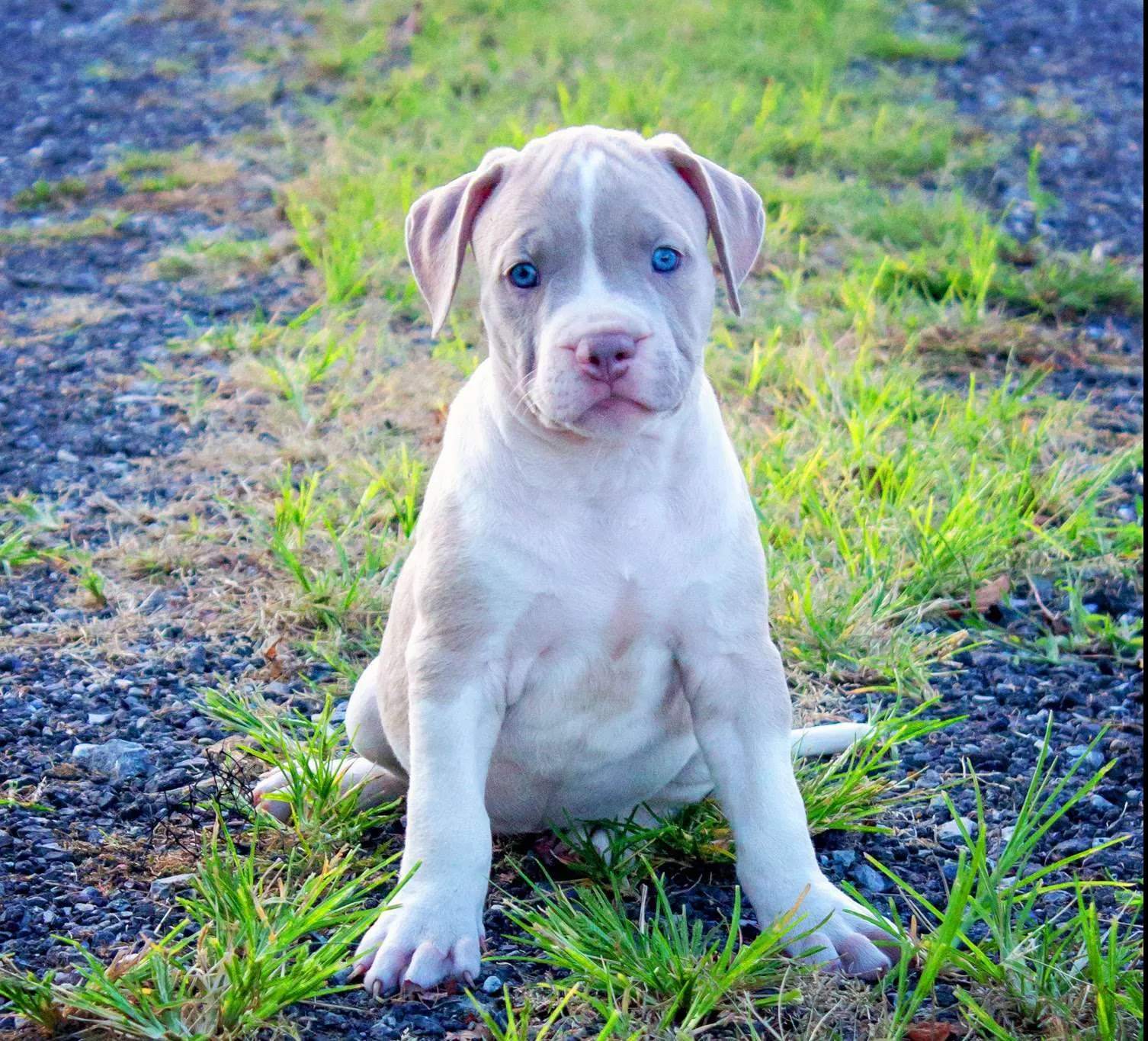
Daily exercise, combined with Bullypits’ naturally active infancy, keeps them energized and friendly. To meet these demands, incorporate some of Sunday’s activity recommendations from “Daily Exercise.”
Bully pit owners must allow for a combination of walking and jogging workouts, as well as dog activities like retrieving, training, and agility. Exercise helps a Bullypit use energy, relieves boredom, and maintains a healthy body weight.
Mental engagement. Without mental stimulation in its work schedule, the Bullypit sinks into a state of angry ennui. Bullypits benefit from obedience training, interactive games, and puzzle toys in ways that cannot be quantified.
Unstimulated Bullypits may acquire negative behavior patterns as a result of a lack of mental activity. Socialization training allows the Bullypit to become accustomed to associating with other dogs in normal settings.
Bullypits become fine, confident dogs when they get social experience. Dog parks and training sessions with pre-arranged playdates provide acceptable possibilities to expose your dog to a variety of social contexts.
Safety during exercise. The primary safety concern when exercising Bullypits is to safeguard their active walking behaviour when traveling. The point of view stems from watching Bullypits participating in extremely active behaviours in hot weather, which can lead to heatstroke.
The caregiver must keep a close eye on the dogs and enable them to sip water on occasion. During social play, an energetic Bullypit should never be required to exert excessive physical effort.
For the aged, such workouts will shift to those that are less harmful to the joints and so have a reduced impact on joint function.
Training and Socialization
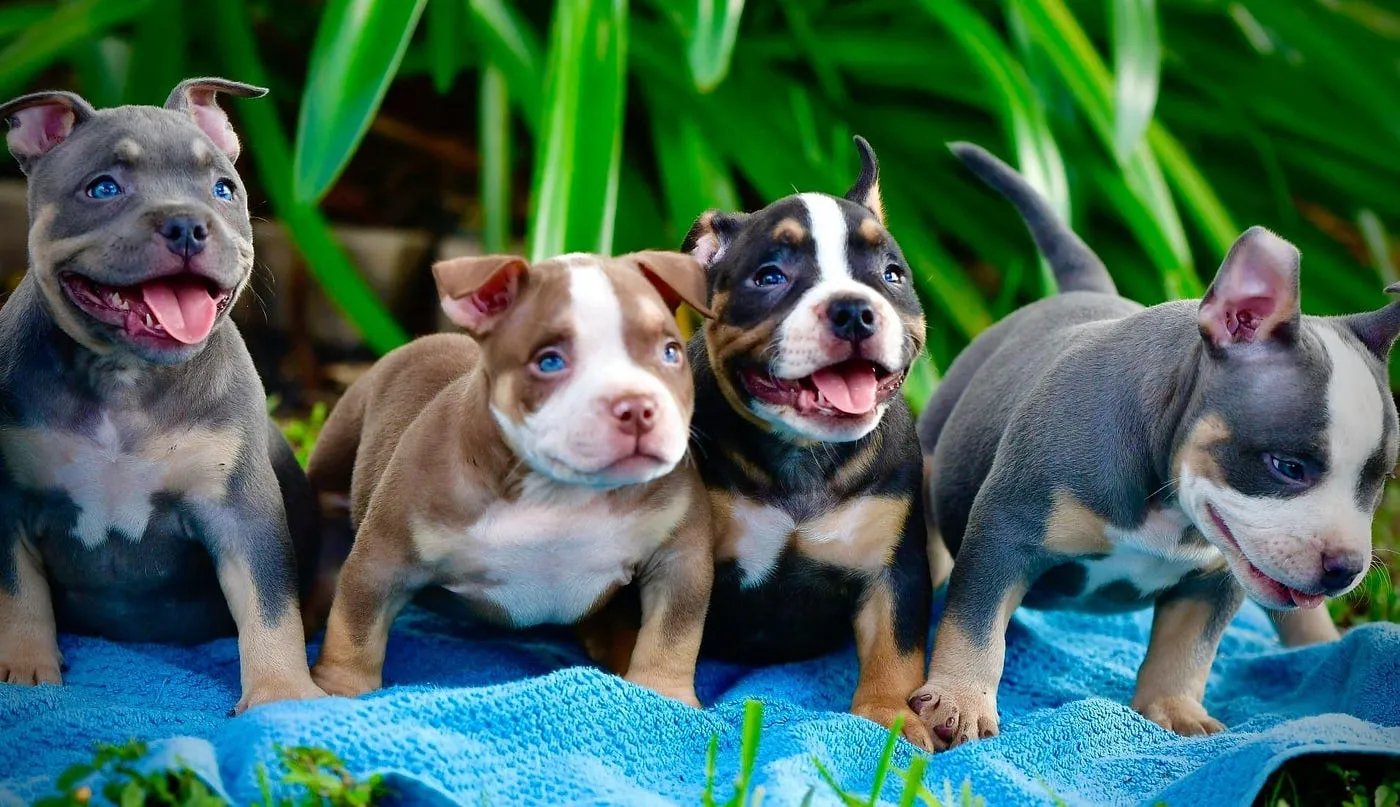
With adequate training and socialization, the Bullypit develops into a well-behaved and well-balanced dog. The following list shows you how to train and socialize your puppy.
Basic Obedience Training. Begin Bullypit puppy training at a young age. Good behaviour in your dog involves adequate training in identifiable vocal commands such as sit, stay, come, and heel.
Positive reinforcement strategies that include goodies and praise with play activities assist your Bullypit learn commands. Crate training also helps with housebreaking and gives a safe place for your Bullypit puppy to rest.
Guide the Bullypit puppy into the crate by offering a variety of delightful rewards, including food and playthings. The usage of crates should not become a tool for negative reinforcement.
To educate your puppy to wear a leash, start with short walks and gradually increase the distance as it adapts to the exercise. A hefty leash and body harness should be utilized to reduce tugging tendencies.
Begin socializing your puppy early by introducing it to a variety of people, animals, and settings. Enrolling your Bullypit puppy in socialization lessons is a great approach to gaining experience in new surroundings.
The activity provides cerebral stimulation for your dog while also strengthening your bond with them.
Conclusion
The cross between American Bulldogs and Pitbullls-come in all combinations of strength, loyalty, and love. After sufficient care, training, and socialization, they will become incredibly loyal companions for families and individuals.
You may love their look, their playfulness, or perhaps their sheer protective nature, but one thing is for sure you will love a Bullypit in your home.
Bred like any dog, it goes without saying that your Bullypit puppy has needs that you must provide for if you want him to grow into a happy adult dog.
Since time immemorial, companionship and joy have been in great demand from dogs, and one would have to commit time and effort to care for a Bullypit to experience that. If you are about to integrate a Bullypit into the family.
Do yourself a big favour by doing some serious study about it and preparing for the upcoming addition. Take the time and work necessary to raise your Bullypit properly, and you will create a very dynamic and lasting bond between you and your new pet.

